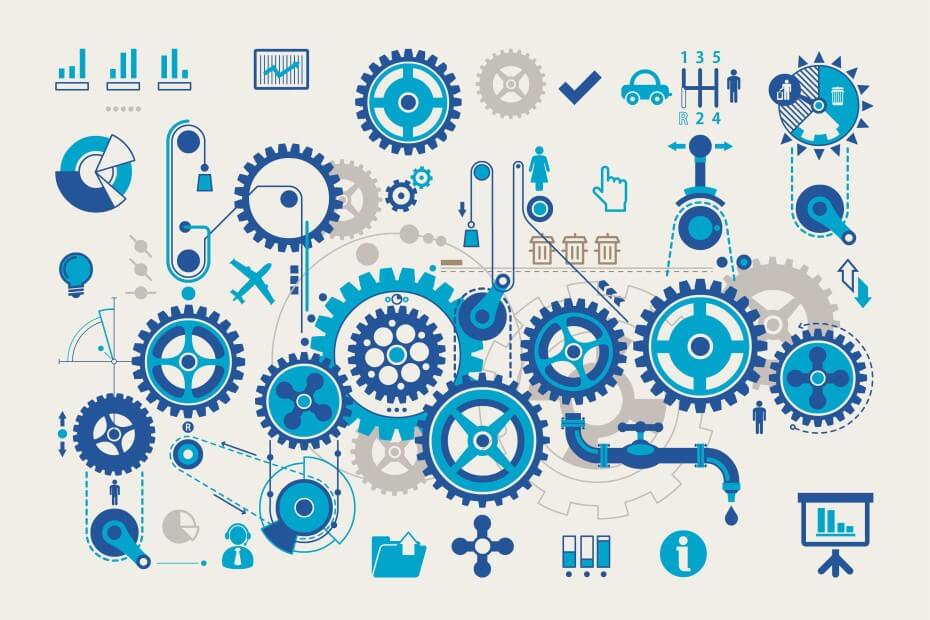
Robots will replace humans in the workforce
Increasing numbers of businesses have begun substituting humans with automated software to perform a myriad of structured, routine administrative tasks that do not rely on human judgement. However, the jobs in question are high volume, highly repetitive and not suited to humans, who tend to make errors where robots do not.
“Robots are able to work on repetitive tasks tirelessly and continuously and in many businesses they are welcomed as valuable team members because they do the work that humans don’t want to do,” says Leslie Willcocks, Professor of Technology, Work and Globalisation within LSE’s Department of Management.
The fears around robots replacing humans need to be tempered with the reality that new jobs will arise as others are ceded to machines. RPA will free humans from repetitive tasks and let them focus on value-added work to deliver a superior customer experience. Contrary to popular belief, robotics can facilitate the rise of the knowledge worker; rather than replace them, RPA gives employees room to innovate and be creative. During previous periods of rapid technological change, technology has dramatically changed the nature of our work, and these time periods are positively correlated with periods of higher employment job growth.
RPA automates 100% of your processes
The tasks currently being automated often involve transferring huge amounts of data from multiple sources including numerous systems, emails and spreadsheets to systems of record. These highly administrative tasks when automated improve a company’s efficiency dramatically. Many of these processes have used people because they evolve too quickly and are too complex and costly to have been automated with traditional solutions. RPA automation changes this, typically paying for itself in a few months, and saving >80% over the long run.
People are freed to focus on work where they bring intelligence, judgement and problem-solving expertise into decision making. These are key factors in providing high-quality customer service, and employee engagement.
With fast, error-free processing of routine tasks, employees focus on important tasks that cannot be automated, providing superior customer service and satisfaction.
RPA is applicable only for IT services
RPA is traditionally seen as a tool for automating back-office processes such as service-desk, finance or procurement operations. But automation is about creating and maintaining efficiency. RPA’s capabilities to quickly integrate and be agile in complex environments push it to the middle and front office, in fact anywhere there are systems, data, and tasks to manage RPA can have a role. For years we have trusted automation to complete important tasks, such as fly planes, perform surgical procedures. RPA is now greatly extending the capabilities of service automation.
Sources:
“Ideals of As-a-Services” Study, HfS Research 2015
http://www.thinkinfinity.co.in/will-rpa-really-replace-human-resources-at-workplace/
Want to learn more about implementing RPA?
CONNECT WITH US
